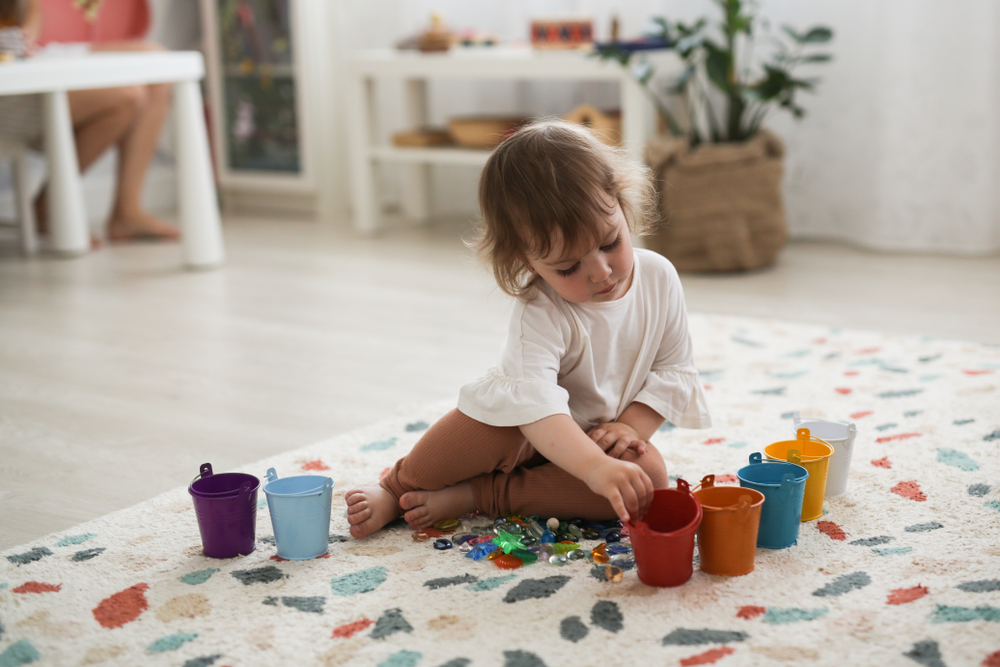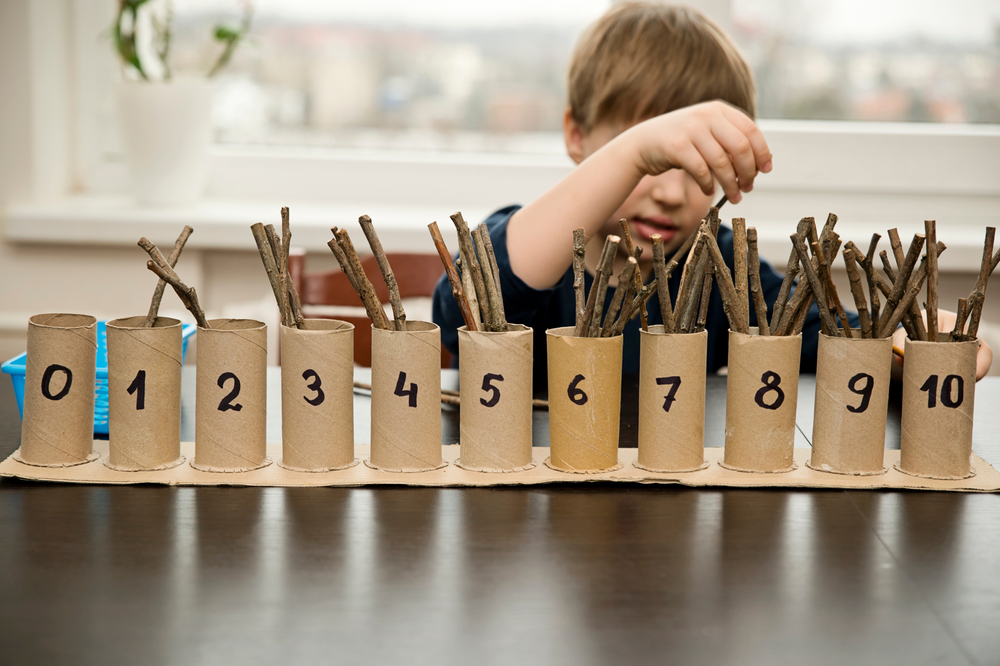Playing is a global children’s language. Children can engage with others, learn about their surroundings, and make discoveries via interactive play and educational toys. This is how they learn new ideas and acquire knowledge in enjoyable, engaging ways. Playful learning is frequently compared to Montessori pedagogy, and although there are many similarities between the two approaches, there are also some key distinctions.
The Montessori method of teaching and learning, created more than a century ago by the Italian physician Maria Montessori, is based on the idea that kids may start their own learning experiences. There are many benefits of this approach, but the most important one is that it helps you notice and nurture your child’s innate capacity to learn about the world via meaningful play. You can genuinely support your child’s innate curiosity to learn for years to come by making a few adjustments to the atmosphere at home.
What Is Playful Learning?
A learning strategy called playful learning employs games, crafts, and other activities to help children develop their knowledge and skills in more organic ways. This strategy uses a constructivist, child-centred, and practical method of teaching. Playful learning includes the concepts of free play and directed play, which both value the child’s interests and pace. Free play entails self-directed activities including pretend play, rough-and-tumble play, and object play, as well as the use of imagination.
Creating a Montessori Environment at Home
Here are some ideas for setting up a Montessori environment for your children:

1. Make Your Environment Organized
“A place for everything and everything in its place” is one of the key principles of the Montessori method in the home. If you give everything a place, your child will quickly learn where it belongs. This is an essential tool for teaching children to look after their belongings and clean up any mistakes they may make. Making everything more kid-accessible should be your first crucial change to properly manage your home.
2. Focus on Life Skills
Young children may assist around the house from an early age. Teaching your child the importance of taking care of themselves and their surroundings from a young age will better equip them to develop into compassionate, responsible adults. This means that, as a parent, you need to spend some time explaining to your child how to properly wipe the table after meals or which cabinet to put their cups in, but since their brains are so open-minded, it won’t take them long to figure it out on their own.
Give them assignments that are suitable for their age and skill level. For example, you can easily teach younger children how to pick up their toys, water plants, and wipe the table after meals. Older children may plan more challenging tasks, including food preparation, rubbish pickup, and standard housekeeping. Also, they can teach the younger children who reside in your home.

3. Teach Concentration
Many people think that young children cannot concentrate, and, indeed, they cannot focus for as long as adults can. Yet, the Montessori school of thought asserts that you can start cultivating this gift in your child at a young age. You can do this by learning what interests them and giving them the resources and setting they need to explore it further.
It is a common misconception for some parents to believe that in order to give their child space, they should have a separate room from the rest of the family. It is false. While some children do benefit more from time spent alone than others, you should figure out how your child learns best and encourage them. Some children like doing their schoolwork at the family’s kitchen table, others choose a peaceful area in the playroom or bedroom.
4. Concentrate on Inner Motivation
Providing kids with rewards, like stickers or candy, for excellent behaviour, is not a big deal in the Montessori method. Verbal praise is valuable, but it’s important to make sure it’s given proportionately. The most important thing is to instil in your children a love of learning new things and a sense of accomplishment when they finish chores.
How to Incorporate Playful Learning in a Montessori Environment
There are various things you may do to stimulate your children’s exploration of the world around them, including the following actions:
- Emphasise freedoms. Ensure the setting encourages the children’s freedom to roam about and select fulfilling work.
- Provide interesting lessons. Give the kids lessons that are relevant to their interests and motivate them to engage by asking them to explore the work once you have exemplified how to use it.
- Children should have access to genuine Montessori materials, which Dr. Montessori meticulously crafted to fulfil the interests and requirements of children at different ages and developmental stages.
- Plan enough time for recess. When creating a daily schedule, it’s critical to leave enough time for kids to play outside. Recess not only offers a chance to interact with nature, but it also promotes outdoor play, which helps with social-emotional growth and overall well-being.
- Environment and materials created specifically for kids. Using kid-sized furniture such as chairs, tables, and shelves as well as equipment for work enables kids to actively play and explore in a setting where they feel at ease and at home.
- Practical living tasks. These include tasks related to preparing food. Embrace the involvement of the kids and exhort them to enjoy working with their hands.
- Experiments and demonstrations in science spark children’s sense of wonder and inspire them to pursue their interests.
Conclusion
Notwithstanding Dr. Montessori’s disapproval of imaginative play for young children, there are many remarkable parallels between Montessori education and active learning. Both strategies give structure, albeit to various degrees. In Montessori education, children are encouraged to use specially designed materials to explore concepts and develop skills. Similarly, active learning approaches often involve interactive activities that allow children to learn through discovery. Despite their differences, both of them aim to create an environment that fosters growth and development.

